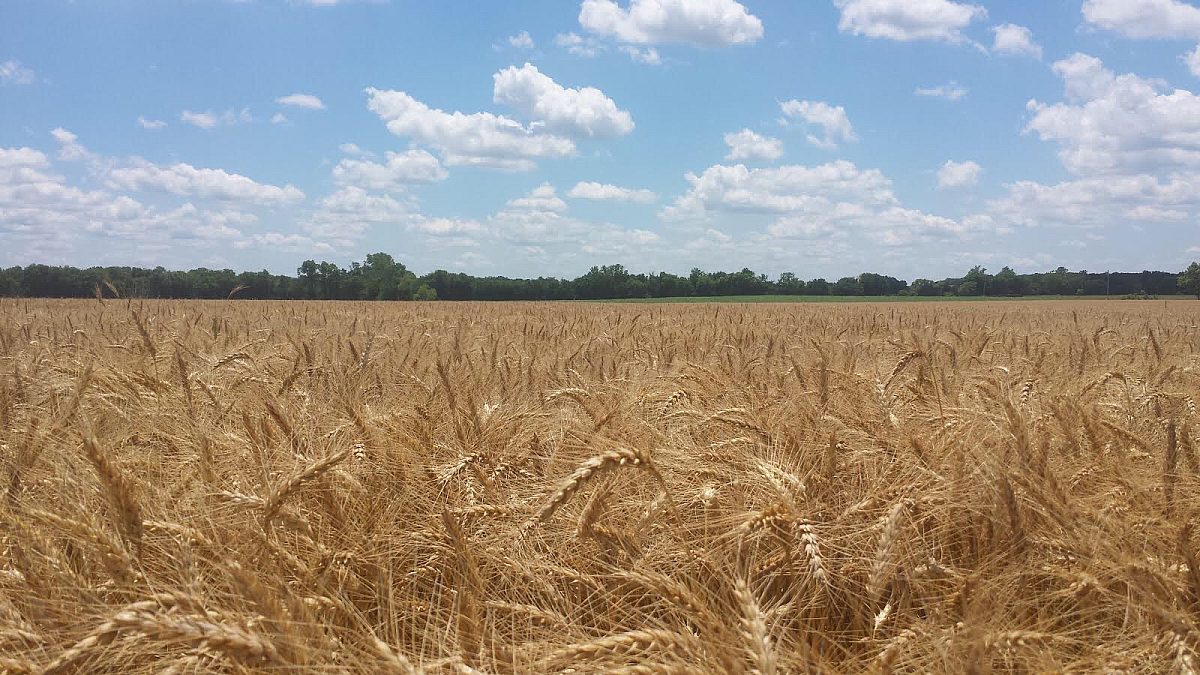Reply Hazy, Try Again
TOPICS
Farm IncomeZippy Duvall
President

photo credit: Kansas Farm Bureau, used with permission.
Zippy Duvall
President
Remember the Magic 8-Ball? Inside the toy is an object that displays random answers to any question you might have. Will it rain tomorrow? “Without a doubt.” Will it rain money? “My sources say no.”
Looking over the various forecasts for the farm economy, I feel as if I’m looking at a Magic 8-Ball, because there are many possible answers.
Speaking at last week’s USDA Agricultural Outlook Forum, the department’s chief economist Rob Johansson said that farm exports would go up this year as China increases its imports of farm products from the United States. China agreed to as much as $40 billion in agricultural, forestry and seafood imports under the new Phase One trade deal with the U.S., but until more evidence presents itself Johansson and others are content to say the ag total will be closer to $14.5 billion in 2020.
“Outlook good.” That $14.5 billion estimate is a slight improvement over the $13.8 billion we’ve seen over the past year, but it’s still below the almost $20 billion in U.S. agricultural exports to China in 2017, before the trade war began. China’s problems with African Swine Fever and, now, Coronavirus have dampened demand for soybeans and other agricultural products, but any increase is good news.
One prediction that’s been consistent so far is that we’ll have more farm goods to find markets for in 2020.
It’s also important to realize that the United States’ share of China’s market has shrunk as China looked to our competitors to fill their market basket. In 2016, imports from the U.S. made up 22 percent of China’s total agricultural imports by value. By 2018, our share had dropped to 12 percent. Now, with China’s new Phase One commitments, we can expect our share to grow, but our competitors aren’t walking away from such a huge market. We certainly have the potential to reach $40 billion per year in agricultural exports to China, but U.S, agriculture will have to fight for market share to achieve that goal. “Cannot predict now.”
One prediction that’s been consistent so far is that we’ll have more farm goods to find markets for in 2020. Most forecasts assume that farmers will plant and harvest more crops this year because they won’t face the freezing, wet weather that kept many of them out of their fields last spring. “Signs points to yes.” Of course, that’s great news for farmers and ranchers. A good crop is what we work so hard to achieve. But it also puts pressure on our prices. “Outlook not so good.”
For 2020, cash receipts from crop and livestock sales are projected at $384.4 billion, up 2.7 percent from 2019. However, the higher cash receipts will not fully offset the loss of Market Facilitation Program payments. If you take away trade support and other federal support, net cash income will be down 2 percent this year. Agricultural markets aren’t like a water faucet; it will take time to go from a trickle to a steady stream. In the meantime, farmers and ranchers still have to buy inputs, pay interest and, for quite a few, pay rent. That could make this year difficult, even if exports and cash receipts are on an upward trend. So, have we turned the corner in the farm economy? “Ask again later.”
Shortly before the Agricultural Outlook Forum, USDA released its long-term projections for agriculture—all the way out to 2029. USDA is careful to emphasize that projections are not a forecast. The projections are based on assumptions that the state of play at the time the report is written are continued for the entire projection period. For this report, that meant that China’s retaliatory tariffs of 25 percent or more would remain on U.S. agricultural exports. “Very doubtful,” as China already is reducing tariffs on some agricultural products under the Phase One agreement. Still, the long-term projection is for prices for most crops (except soybeans) to rise slowly over the next decade. That’s good news, because if you then take away the assumption about retaliatory tariffs remaining in place, prices should fare even better than projected.
The report also says relatively low feed costs will benefit livestock-sector returns. Meanwhile, population in Africa, the Middle East and Latin America, where the U.S. currently is seeking new trade deals, is expected to grow modestly. Even where population growth rates are slowing down, they’re doing so because of rising incomes and higher life expectancy, both of which, “without a doubt,” benefit demand for higher-value farm goods.
Finally, the report projects the value of the dollar will decline slightly as the currencies of major trading partners appreciate or remain steady. That also will benefit demand for U.S. agricultural exports. “Signs point to yes.”
When it comes to any economic outlook and, especially, long-term projections, the answer is bound to be “reply hazy, try again.” But it sure is good to see a few good forecasts and projections to pin our hopes on as many of us prepare to plant spring crops and welcome spring flocks, calves, lambs and piglets.
One thing I know is the American farmer and rancher will keep doing what we do best — being highly efficient and productive, and meeting global demand for our high-value farm goods. “It is decidedly so!”
Zippy Duvall
President
Vincent “Zippy” Duvall, a poultry, cattle and hay producer from Greene County, Georgia, is the 12th president of the American Farm Bureau Federation.
Top Issues
VIEW ALL